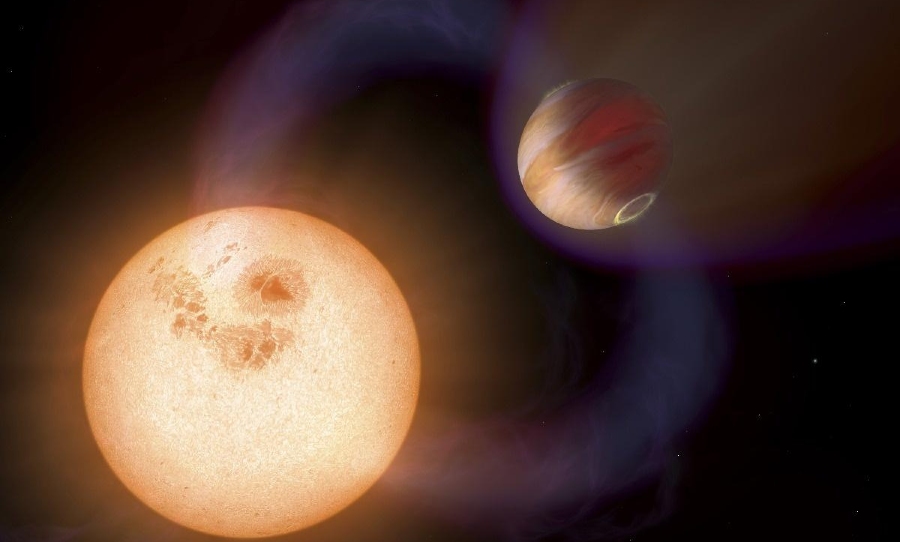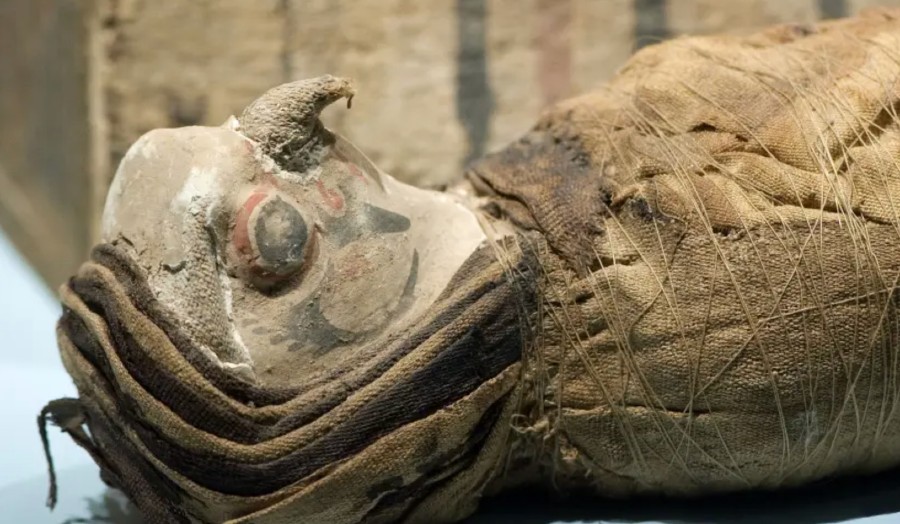Scientists have genuinely discovered a planet that rains rocks and the oceans are made of lava, and they didn’t call it hell.
Whilst planet Earth continues to fight a global climate crisis, hell planet K2-141b really said ‘hold my beer’ and made Earth look like a walk in the park.
Scientists have stumbled upon what they are calling one of the most “extreme” planets ever discovered, where the sky rains rocks and the oceans are lava.

On this hell-ish rock hundreds of light-years away (thank god), molten lava occupies a large majority of the planet’s surface, winds reach supersonic speeds, and rain is literally just rocks.
Scientists from McGill University, York University, and the Indian Institute of Science Education simply described the discovery as “bizarre,” as the Earth-sized planet seems to have a surface, ocean, and atmosphere all comprised of the same material: rocks.
Scientists Find "Hell Planet" With Lava Oceans, Supersonic Winds, And Rain Made Of Rocks https://t.co/ZYl7R268q1
— zerohedge (@zerohedge) November 10, 2020
Using next-generation telescopes such as the James Webb Space Telescope, the study is “the first to make predictions about weather conditions on K2-141b that can be detected from hundreds of light years away,” lead author Giang Nguyen stated in a news release.
K2-141b closely orbits its host star, therefore, the planet can reach scorching hot temperatures of over 5,400 degrees Fahrenheit. And to make things hotter, scientists found that about two-thirds of the planet experiences endless daylight due to its close proximity to the star, gravitationally locking the planet in place (meaning the same side always faces it).
A real tourist hot spot.🍹
— Aidan Flynn (@irishspeculator) November 10, 2020
To make this planet just that even more bizarre, K2-141b’s rock vapour atmosphere, created by the immense heat, still undergoes precipitation, like Earth’s water cycle – just with rocks.
Yes, much like rain on Earth flowing back into the oceans where it will once again evaporate and repeat, on K2-141b, the mineral vapour formed by evaporated rock is blown to the freezing dark side of the planet by winds and rocks trickle back down into a magma ocean. The resulting currents flow back to the hot day-side of the exoplanet, where rock evaporates and the cycle repeats.
Sounds better than US politics right now
— The Arizona Bay Company (@ArizonaBayCo) November 10, 2020
So if you’re worried about the forecasted 40-degree heatwave for Australia this week, just be grateful it isn’t a never-ending one with raining rocks.



